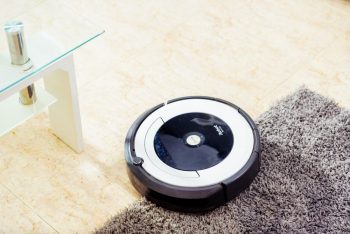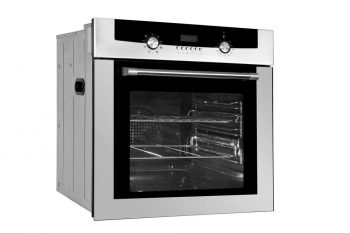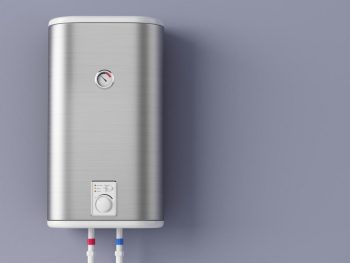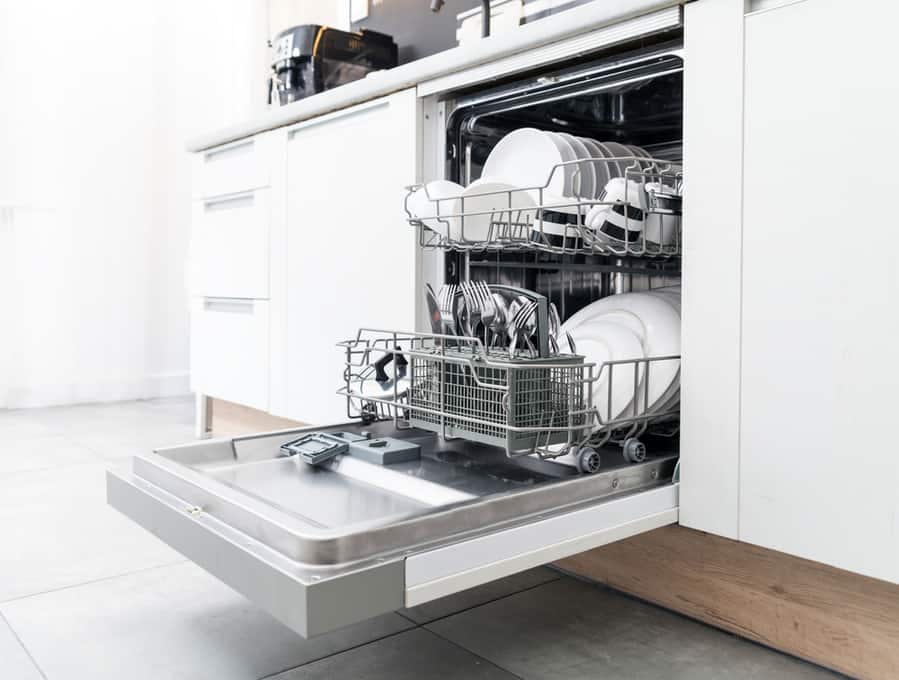
A dishwasher is one of the most helpful kitchen appliances ever introduced to a household. Besides consuming little time to wash plates and glasses, breakage is minimal compared to handling crockery with soapy or slippery hands.
However, a common issue or gripe that users have is the amount of rinse aid that a dishwasher might use.
There’s a reason or explanation your dishwasher will ask for more, if not so much, of the liquid stuff. This article should clear the air and help users better appreciate the rinse aid’s functionality.
- Rinse aid is essential to improve the performance of dishwashers and ensure that dishes are spotless and flawlessly clean.
- Dishwashers would only ask for more rinse aid if necessary or due to low water pressure and food or grease build-up on your dishes.
- You can run a dishwasher without a rinse aid but don’t expect to get the best results from your equipment.
Dishwashers perform best when loaded with dishwashing detergent and rinse aid. You can already tell that rinse aid is mandatory in a dishwasher because it has a dedicated dispenser.
Dishwashers even have a light that tells you when to refill your rinse aid, showcasing the product’s importance.
How Essential Is a Rinse Aid in a Dishwasher?
Washing dishes, whether by hand or by dishwasher, should result in clean, sanitized plates and cutlery that you can store and pull out for your next meal.
However, you would see more spots or residue with manual washing because, unlike a dishwasher, you don’t use a rinsing agent. Rinse aid combines water, alcohol, citric acid, dyes, and surface-active substances.
You can run a dishwasher without a rinse aid, but the results could be catastrophic and permanently damage your dishes. A rinse aid is necessary for a dishwasher’s cleaning process to ensure effectiveness.
What Does a Rinse Aid Do?
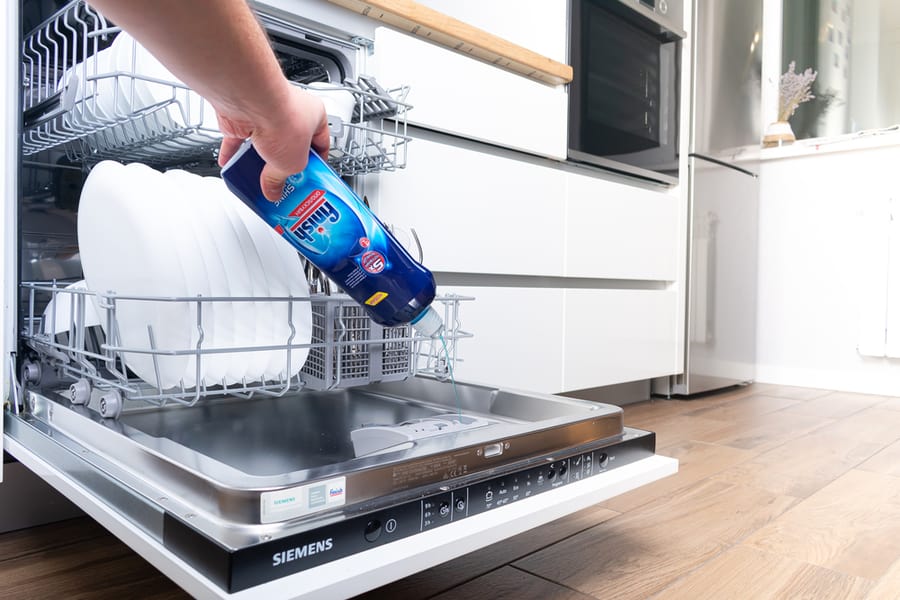
The surfactants and other components in rinse aid in lowering the surface tension in water. Your rinse aid is a drying aid that helps dry dishes faster.
With this essential rinsing agent, water will roll off the dishes and not cling to the surface, form droplets, and leave unwanted marks or spots.
How Do You Use Rinse Aid?
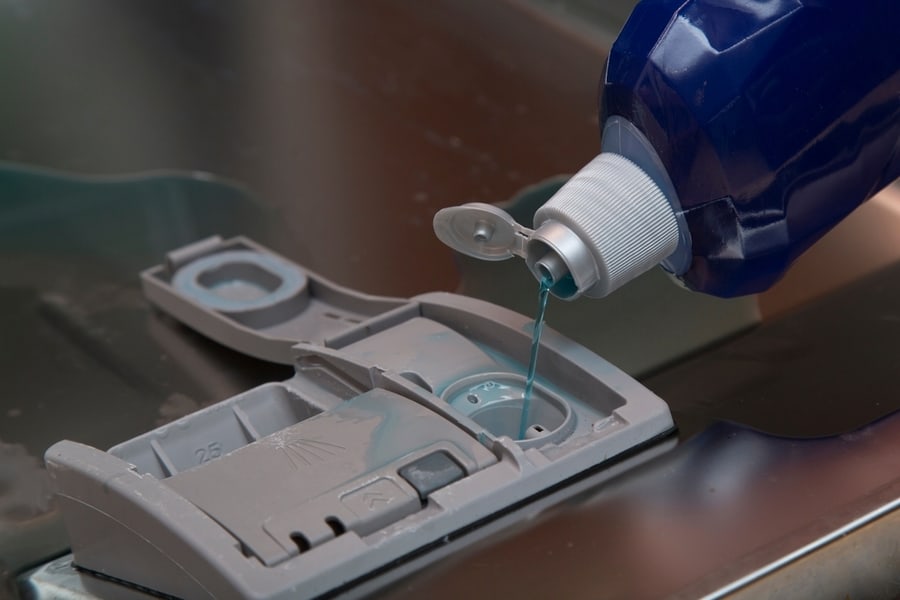
The location of a rinse aid dispenser may differ between dishwasher models, but it is usually beside the detergent dispenser. You use it as a detergent when filling the compartment to the maximum level.
Your dishwasher will automatically dispense the rinse aid during the final rinse cycle.
How Often Should You Refill the Rinse Aid?
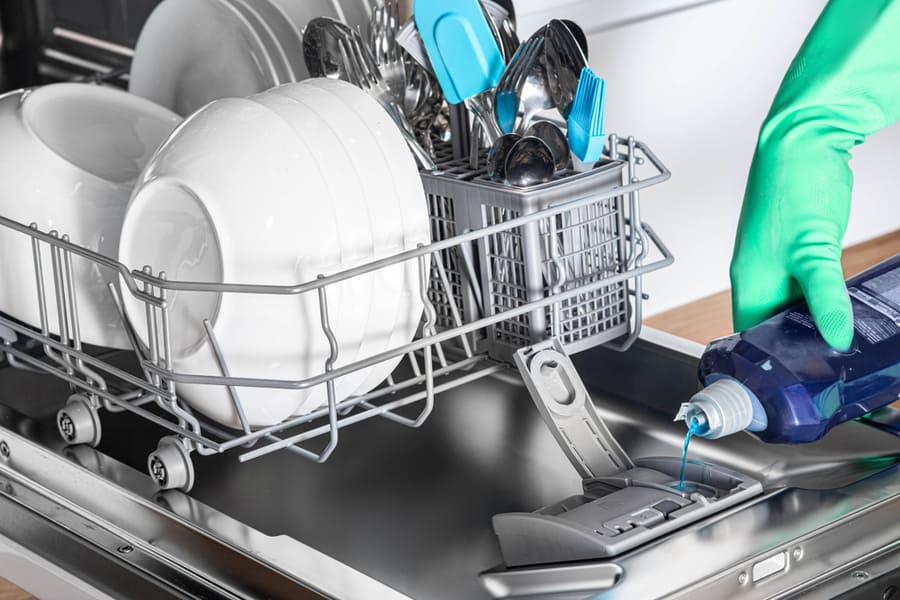
The recommended refilling of a rinse aid dispenser is once a month if you run your dishwasher often. However, don’t be alarmed if there would be times your equipment will ask for more of the rinse aid than usual.
If the water pressure is low, you may need more rinse aid to make your dishes and glasses sparkling clean.
You might also need to add more rinse aid because of food and grease build-up on the dishes. One helpful tip is to check the owner’s manual for dispenser settings.
You must sometimes run a few cycles and adjust the rinse aid settings to achieve spot-free dishes.
Conclusion
Why does my dishwasher use so much rinse aid? The first thing to remember about a rinse aid is that your dishwasher will only deliver super clean and dry dishes with the help of a rinsing agent.
Low water pressure and excessive food or grease build-up are the only known instances when you need more of a rinse aid than usual.
Frequently Asked Questions
What Is the Best Setting for Rinse Aid?
Most dishwashers today allow adjustments for rinse aid dispensers, and factory settings are at 2 or 3. However, refer to the owner’s manual for the proper setting procedure.
Usually, you adjust to the highest setting only if you have drying issues.
How Much Rinse Aid Is Used per Cycle?
Dishwashers automatically dispense rinse aid during the final rinse of every cycle. The amount is less than half a teaspoon, and it should be enough to change the surface tension of the water.






